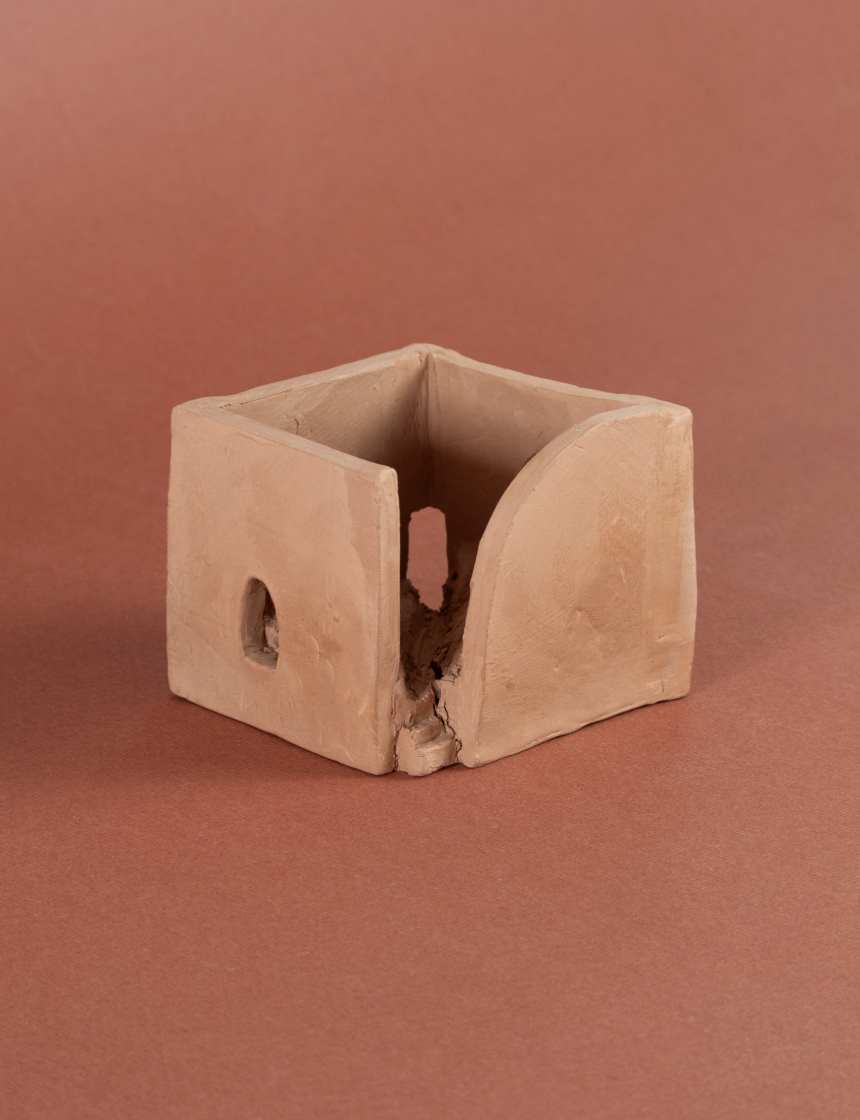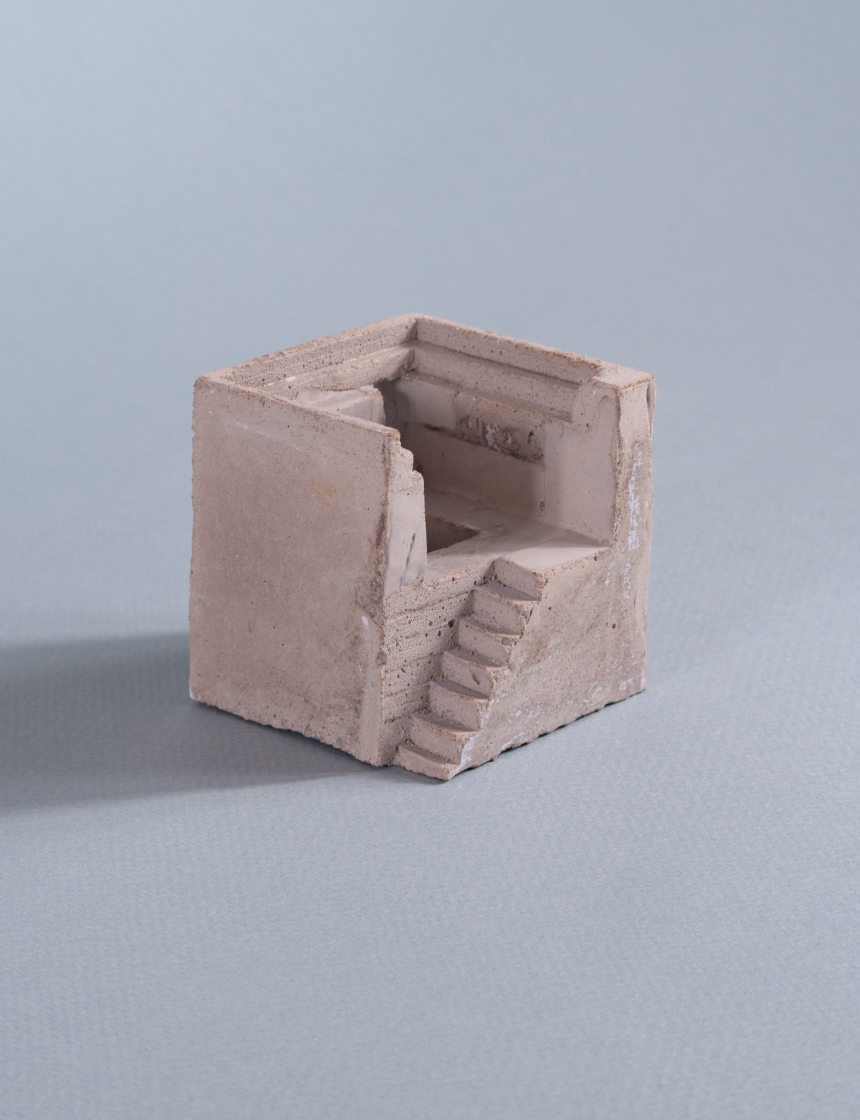A Home You Can(not) Buy
Between Ownership and Belonging
As someone who lived in Amsterdam from 2011 to 2016, I attribute a very concrete meaning to the abstract idea of the “commodification of housing”. When I left my boyfriend and the apartment we were sharing, I had to stay in Amsterdam to finish my studies and keep my underpaid job, yet I could not afford to live on my own: I had to get roommates. I didn’t mind, but neither did all the young people wanting to live in Amsterdam. The competition was crazy, and the offers were disheartening. Every decent room was rented within a few hours of the advertisement being posted, and there were scams at every turn. I found myself looking at a potential bed in a space delimited by a curtain in someone’s living room, answering absurd questions about my hobbies in front of a board of demanding potential roommates whilst they took notes, and being instructed by a potential landlord about the absolute prohibition to cook in the evening, or to let any of my friends cross the threshold of the house.
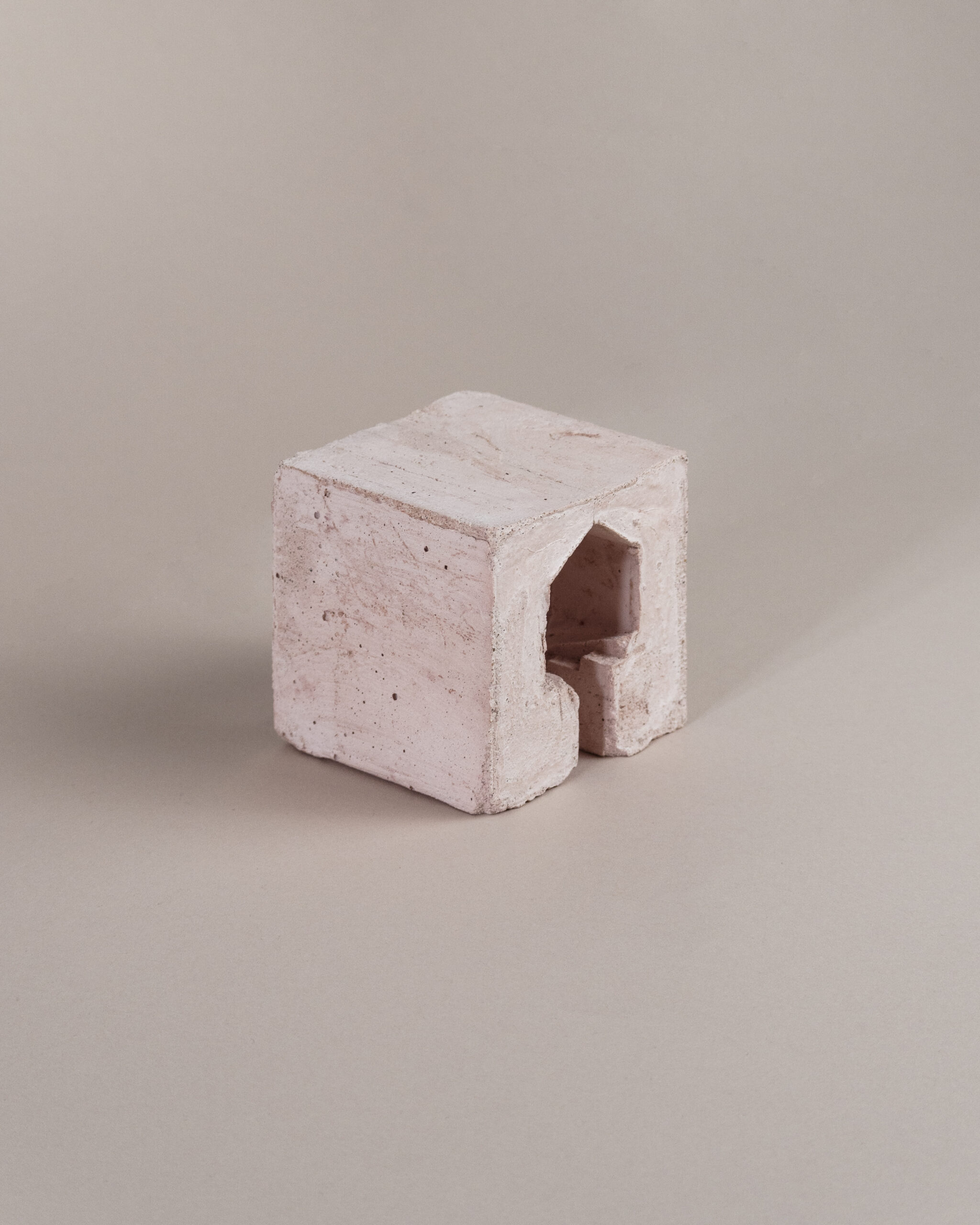

In order to stay in the city, I accepted all temporary solutions I could find, mostly sublets by friends of friends who were moving temporarily and were looking for a way to still keep a foot in Amsterdam. Often it was without a contract, and I could not register myself as legally living there. I stayed in my friend Sophie’s room while she worked an internship in Paris, in Wilko’s room while he was studying in Rome, in Rachel’s place while she tried to find a job in her new boyfriend’s town in Germany, in Michael’s room while he was working in South Africa, and in a room Nico had left in a houseboat while he traveled through South America. The start and end dates of these arrangements were never flexible, so I often found myself in-between places: I had my own toothbrush at Roberta’s place, and Roxana kept my bedsheets in the drawer under the sofa.
I traveled light: for one year I survived out of a suitcase and a laptop bag. All my things—my books, my clothes, my notes—were packed in boxes covered in dust in Chiara’s basement in the Bijlmer. One night during that year I went to a party and had a few drinks. Around 03.00 in the morning, when it was time to go home, I stopped a cab and jumped in. When the driver asked me where to, I realized I had no clue. It’s not just that I could not remember the address, I had no idea of where I was living at the moment—who I was living with, what the apartment looked like, in which area of the city it was. I gave him the address of my old apartment in Westerpark, knowing it was wrong. What could I do? Just a moment, I can’t remember where I live? While he drove me towards the last place I wanted to go to, I looked at the map on my phone until I remembered where my temporary home was. Sorry, something came up, I told the driver, even managing a smile, I have to go somewhere else.
“I traveled light: for one year I survived out of a suitcase and a laptop bag. All my things—my books, my clothes, my notes—were packed in boxes covered in dust in Chiara’s basement in the Bijlmer.”
In her analysis of the origins of the notion of home, Judith Flanders suggests that it’s possible to divide countries into home countries, where the language has a different word for home and house, and house countries, where there is only one word 1. In home countries the difference between house and home is extremely clear, and, according to Flanders, it has to do with the socio-cultural context in which these languages emerge. If a house is just a physical building, a home is a concept around which social life is organized, meaning that the unit that constitutes the basis of social life is the one that fits into a house. Flanders associates the home countries, in which the concept of the nuclear family arose, with the emergence of capitalism, consumerism and individualism. This suggests that the association between living under the same roof and sharing meaning and identity derives from capitalism and has developed into something integral to it.
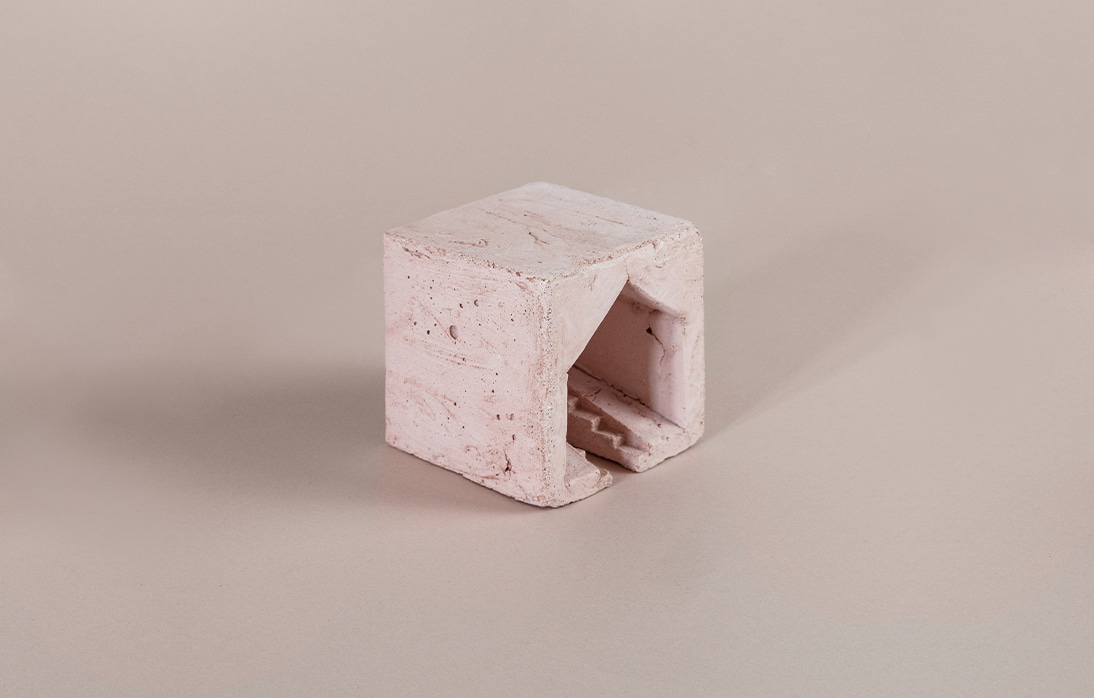
Today this distinction only persists in the language we use, and it seems all western countries have drifted toward a sense of individualism that renders difficult every sense of belonging outside of one’s home. If “house” countries did not need a word for home because the community they felt they belonged to—and often their houses belonged to—included more individuals than just the basic family unit, this no longer seems to be the case. On the contrary, it seems it is now a common belief that it’s impossible to feel at home, to belong somewhere, without owning a house. But is it?
In her analysis of Rachel Whiteread’s 1993 artwork “House”, Doreen Massey carefully considers the distinction between House and Home. She highlights the fact that the sculpture, which exposes the immaterial aspects of the “home” by realizing a concrete cast of the interior void of a townhouse, is in fact called “house”, and not “home”. For Massey, the counterintuitive choice of using the name that usually refers to the material, visible and public aspect of the domestic space to indicate the immaterial, the intimate, and the invisible is “immediately shocking and disturbing. It exposes the private sphere to public view, and thereby to questioning. Most importantly, it defamiliarizes house and home. And, in achieving that, it challenges us to put our own meanings on them. It exposes the normal, comfortable mythologizing of “home”.” 2
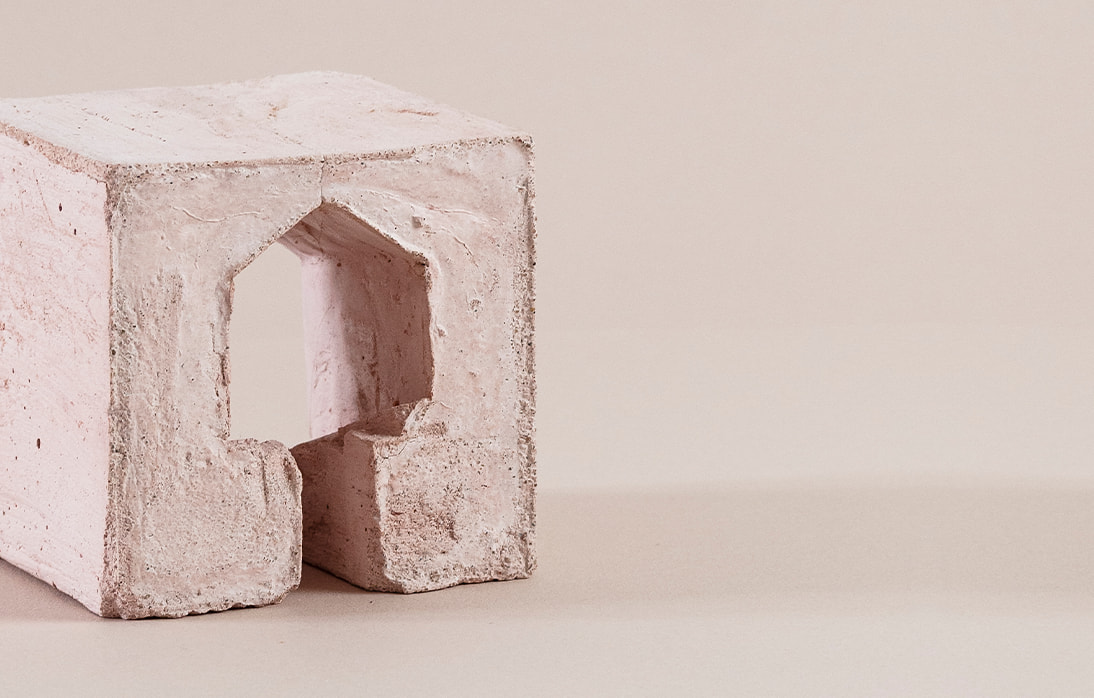
My generation is probably more educated than the previous ones on the possible implications of the domestic space as a space of work and a space of violence, and we are usually aware of the privilege that having a home constitutes in a world largely dominated by expulsion. Yet, I wonder whether it’s possible, in everyday life and discourses, in our dreams and ambitions, and in the way we relate to ourselves and to each other, to really demythologize the notion of “home”.
Endnotes +
1.
“To speakers of English, or the Germanic and Scandinavian languages, or the Finno-Ugric group – the languages of northwestern Europe, from Hungary to Finland and Scandinavia, the German-speaking lands, and then descending to the Netherlands and across the Channel to the British Isles – to these peoples, the differences between home and house are obvious. They are two related but distinct things, and therefore they have two words. […] Speakers of Romance and Slavic languages, living in ‘house’ countries, have by contrast just one word for both meanings.” Excerpt From: Judith Flanders. “The Making of Home.” New York: St. Martin’s Press (2014). Page 17.
2.
Doreen Massey, “Space-time and the politics of location”, chapter in Alan Read (ed.), Architecturally Speaking. Practices of Art, Architecture, and the Everyday”. New York: Routledge (2000).

